1. Cassowary – The Real-Life Velociraptor
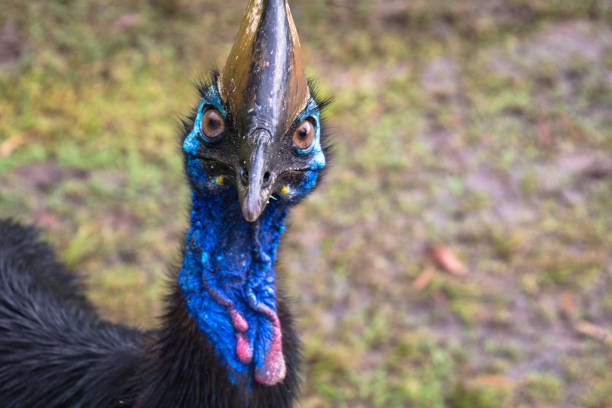
If Jurassic Park ever needed a real-life dinosaur stand-in, the cassowary would be it. Native to Australia and New Guinea, this terrifying flightless bird stands nearly 6 feet tall and can weigh over 160 pounds. It has dagger-like claws on its feet that can slice open flesh with a single kick, and it’s known to chase, kick, and even kill humans when provoked. In fact, cassowaries have caused documented human fatalities, making them the undisputed most dangerous bird on the planet. If you ever see one, back away slowly and hope it’s not in a bad mood.
2. Ostrich – A 9-Foot Tall Fighting Machine
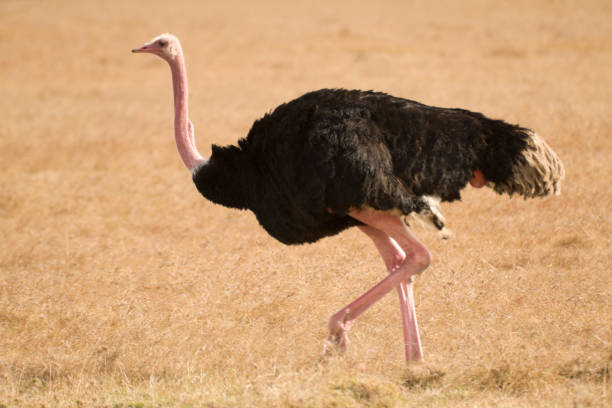
Ostriches might look goofy, but these massive, flightless birds are not to be messed with. Weighing over 300 pounds, they can run at 45 mph and kick with the force of a small car crash. Their powerful legs are armed with four-inch talons that can disembowel a predator—or a careless human—in seconds. Farmers and zookeepers know never to turn their backs on an angry ostrich, as they can deliver a fatal kick to the chest or head. If you ever find yourself near an irritated ostrich, remember: you can’t outrun it, and you definitely don’t want to fight it.
3. Lammergeier – The Bone-Dropping Assassin
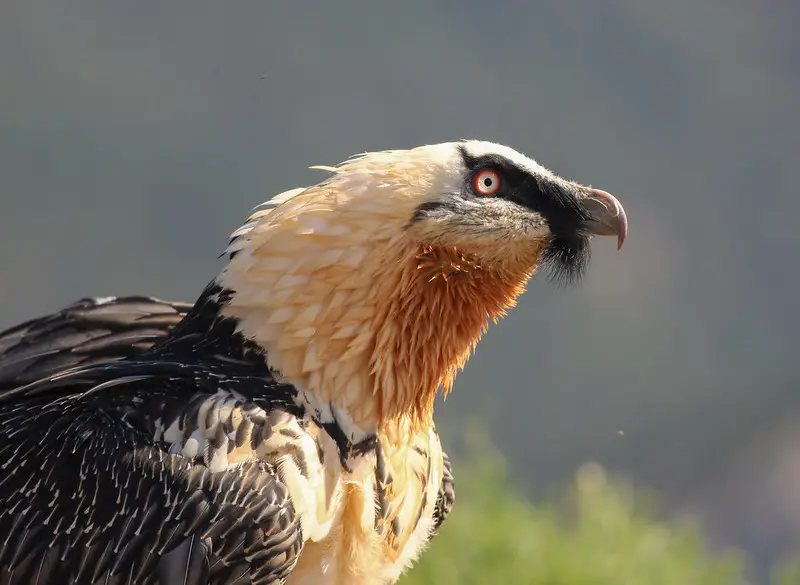
The lammergeier, also known as the bearded vulture, doesn’t attack humans directly—but its method of killing is nightmare fuel. This massive bird, with a 10-foot wingspan, feeds almost entirely on bones. It grabs large bones from carcasses, flies thousands of feet into the air, and drops them onto rocks to shatter them into bite-sized pieces. The terrifying part? There have been reports of these vultures mistakenly dropping bones on humans’ heads—and a skull isn’t much tougher than a bone. If you’re hiking in the mountains and see a shadow overhead, duck and pray it’s not aiming for you.
4. Southern Giant Petrel – The Seafaring Butcher
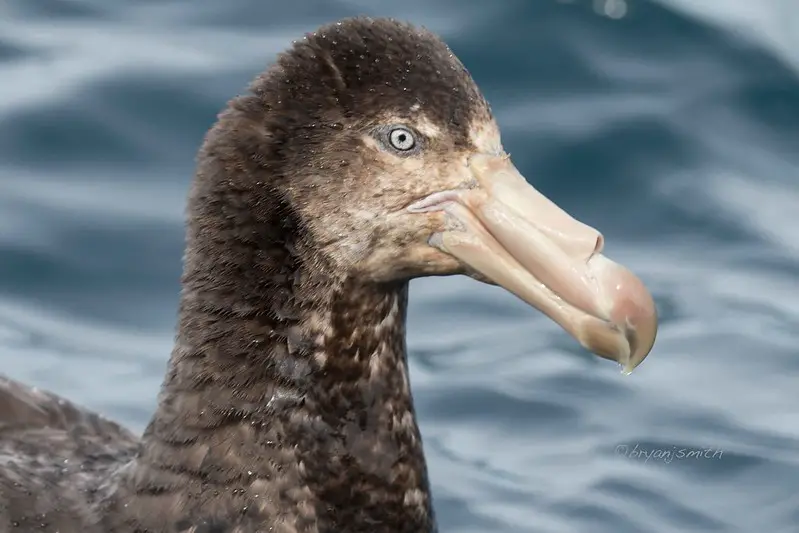
At first glance, the southern giant petrel looks like an oversized seagull—but it’s actually a ruthless predator and scavenger. These large seabirds can grow up to 3 feet tall with a 6-foot wingspan, and they’re known to hunt live prey, including penguin chicks and smaller birds. But what makes them truly terrifying is their habit of vomiting up putrid, oily stomach contents as a defense mechanism—a substance so foul-smelling and corrosive that it can ruin feathers and even blind other animals. If a giant petrel feels threatened, you’re getting a face full of rancid bird puke—so maybe admire them from a distance.
5. Harpy Eagle – The Talons of Terror
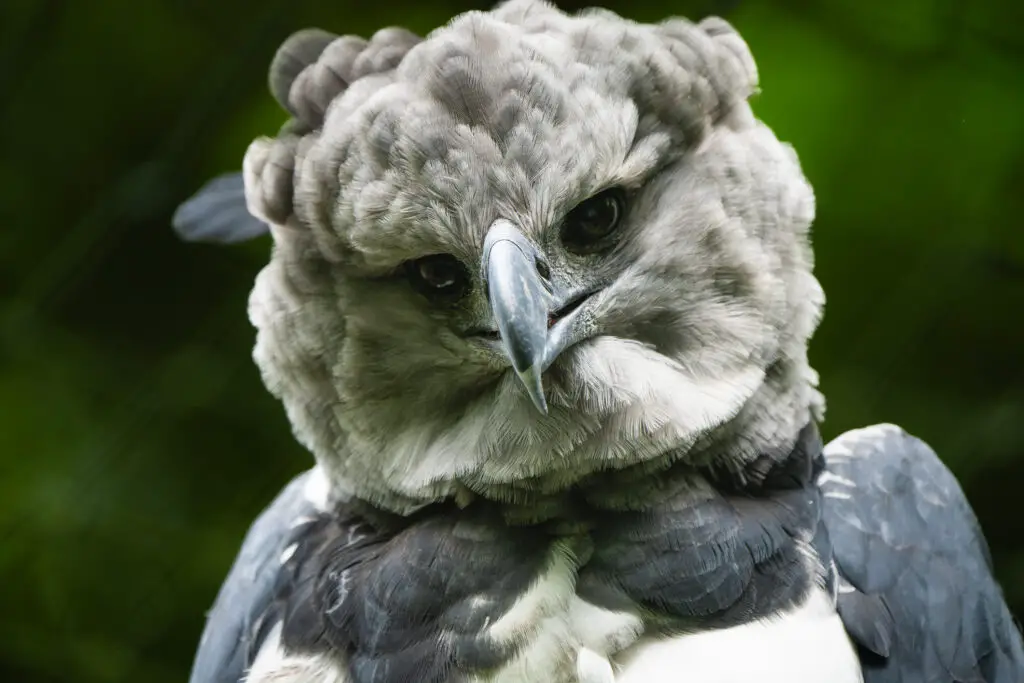
The harpy eagle looks like something straight out of a fantasy novel, but it’s a real-life apex predator that rules the rainforests of South America. With a 7-foot wingspan and talons the size of a grizzly bear’s claws, this massive eagle can snatch monkeys and sloths straight from trees. It has one of the strongest grips of any bird, capable of crushing bones with ease. While they don’t usually attack humans, their sheer power and sharp talons make them extremely dangerous if provoked. If one ever gives you a death stare from a tree, consider yourself on thin ice.
6. Great Horned Owl – Silent But Deadly
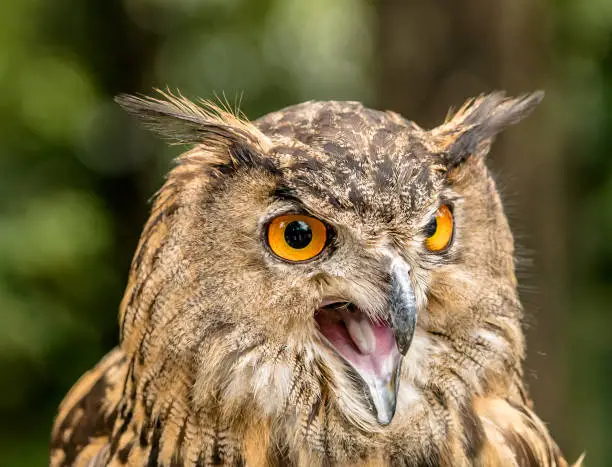
Owls may seem mystical and wise, but the great horned owl is an absolute menace when it comes to defending its territory. Weighing only 4 pounds, it’s deceptively small—but what it lacks in size, it makes up for in sheer aggression and stealth. With razor-sharp talons and a grip strong enough to snap a human wrist, it attacks without warning and without making a sound. Hikers and joggers have reported sudden owl ambushes, where they’ve been clawed in the head out of nowhere. If you hear nothing but feel talons sinking into your scalp, congratulations—you’ve just met an angry great horned owl.
7. Mute Swan – The Pretty but Psycho Bird
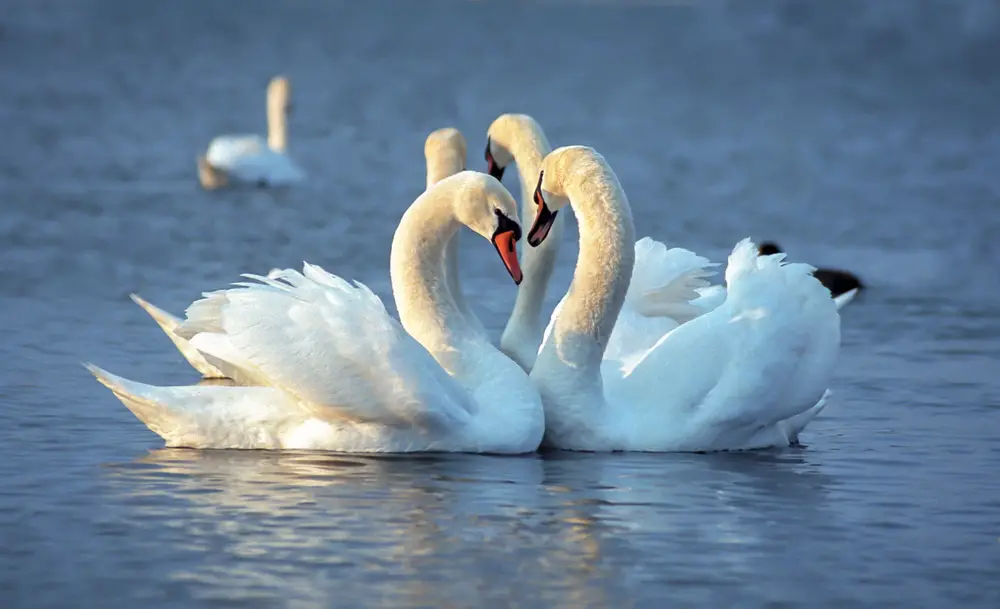
Swans are elegant and graceful—until you get too close. Mute swans are incredibly territorial, and they will chase, bite, and beat intruders with their massive wings. Weighing up to 30 pounds with a 7-foot wingspan, these birds can cause serious injuries, and there have even been reports of swans capsizing small boats. Their attacks are relentless, often chasing victims for minutes at a time. If a swan starts hissing at you, congratulations, you’ve been marked for destruction—and you’d better start running.
8. Australian Magpie – The Airborne Menace
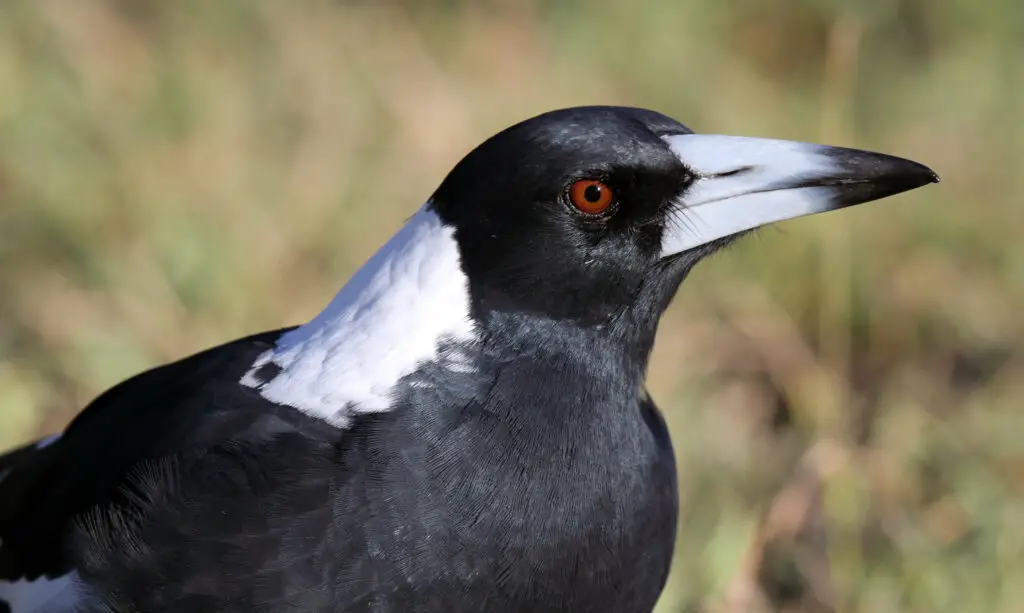
The Australian magpie may not look threatening, but if you visit Australia, you’ll quickly learn to fear them. Every spring, during “swooping season,” these birds turn into flying missiles, attacking cyclists, runners, and pedestrians who unknowingly wander into their territory. They’ll dive-bomb at full speed, aiming for eyes, ears, and the back of the head, sometimes drawing blood with their razor-sharp beaks. Locals wear helmets covered in spikes or even googly eyes on the back to trick them into staying away. If a magpie locks onto you, good luck—because they never miss.
9. Barred Owl – The “Owl That Hunts Humans”
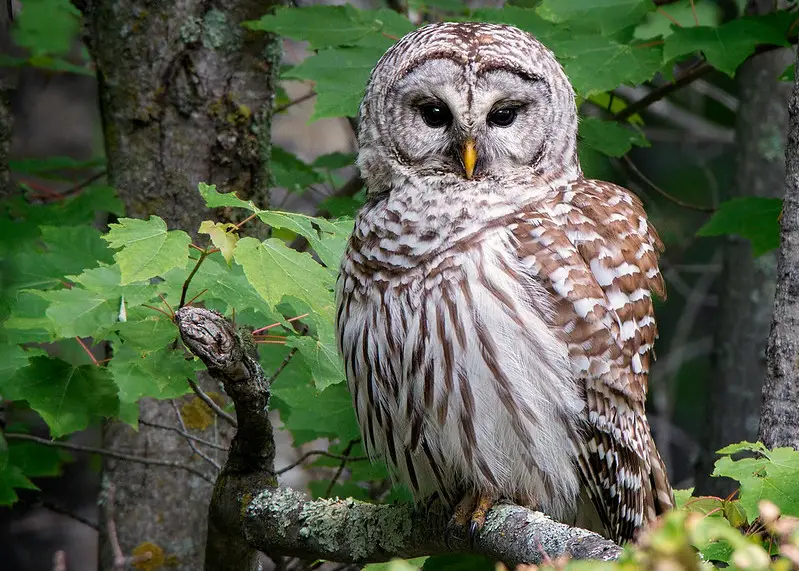
Barred owls are notorious for attacking humans, especially at night when you least expect it. Unlike most owls, they’re aggressive and fearless, swooping down with sharp talons aimed straight at your scalp. Their attacks have been so violent and well-documented that they even became a murder suspect in a famous court case (yes, really—Google the Owl Theory from The Staircase documentary). Hikers and joggers have been blindsided by sudden owl ambushes, often leaving with bloody wounds. If you hear a hooting sound at night, it might not be friendly—it might be the last warning before an attack.
10. Red-Tailed Hawk – The Surprise Dive-Bomber
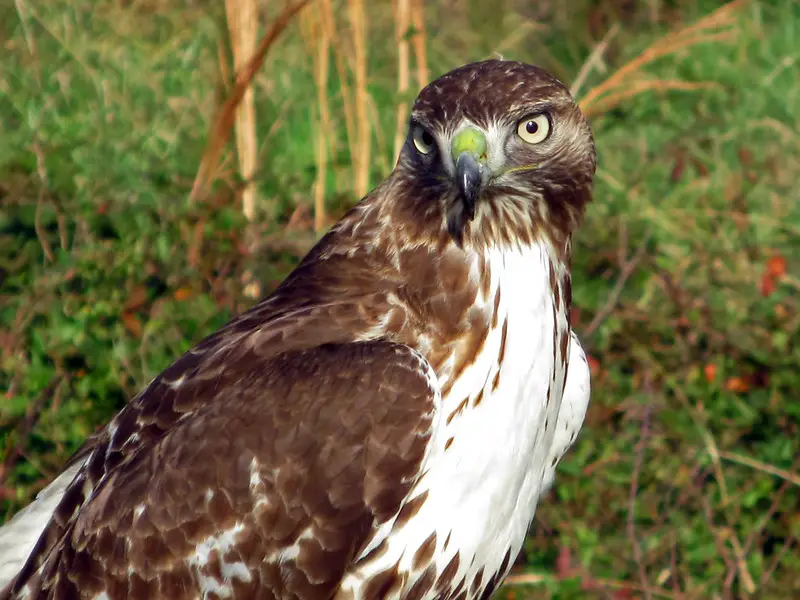
Red-tailed hawks are majestic and beautiful—but they’re also fiercely territorial and have been known to attack unsuspecting humans. With sharp talons and a powerful beak, they can cause deep gashes if they decide you’re too close to their nest. Many people have reported being dive-bombed while jogging, biking, or even just walking through parks. Since they attack from high up and at incredible speeds, you won’t see them coming until it’s too late. If a hawk starts circling above you, you might want to pick up the pace—fast.


